Madagascar Gets Roadmap To Conserving Marine Life
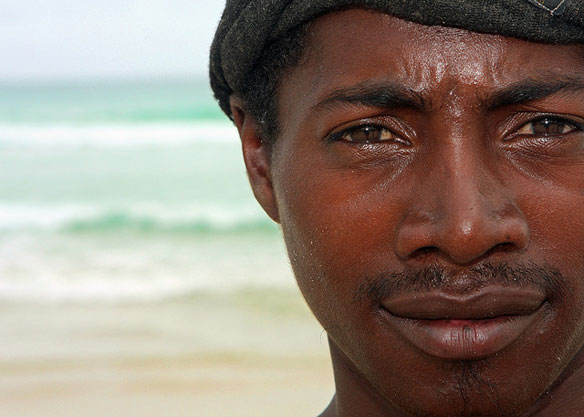
A new study provides a plan for preserving Madagascar’s dazzling array of marine life, by creating more than 1 million hectares (3,861 square miles) of protected areas to conserve its coral reefs, mangroves, and other marine ecosystems.
Oil versus fish in idyllic Norwegian islands
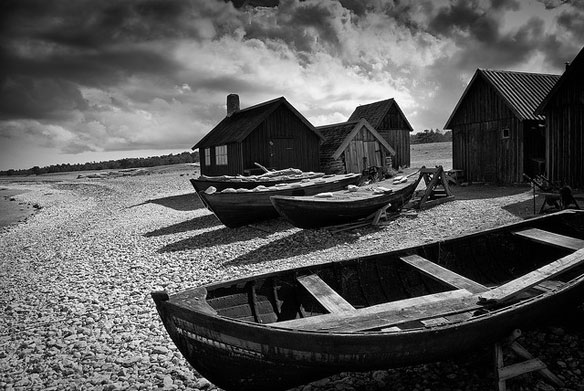
The question of whether Norway should allow prospecting in the waters around Lofoten’s 1,000 or so islands, has pitted environmentalists and some fishermen against the country’s mighty energy sector.
Voyage to Pitcairn
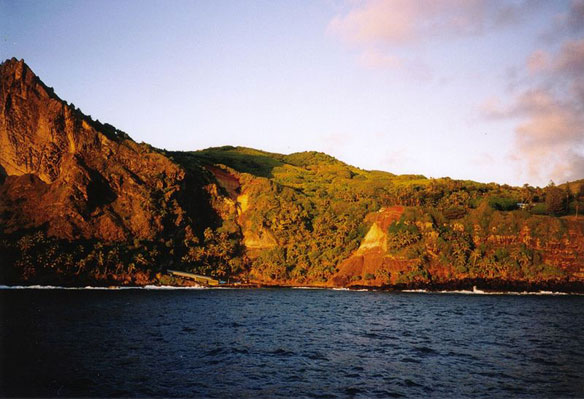
A National Geographic Expedition to the remote Pitcairn Islands, including the famous Pitcairn and its 57 inhabitants, descendants from the Bounty mutineers, will embark in March-April 2012. This expedition is part of NG Pristine Seas project to explore, survey and help protect the last wild places in the ocean.
Cradle of Flames

We may tend to view fires as the bane of cities and wilderness areas, but they actually play an integral part in the evolution and ecology of the world’s “Mediterranean-type climate” regions: dry, temperate coastlands, that cradle and nurture world cities such as Los Angeles, Santiago, Cape Town, Perth and Athens.
World Bank Urges Global Action to Save Oceans
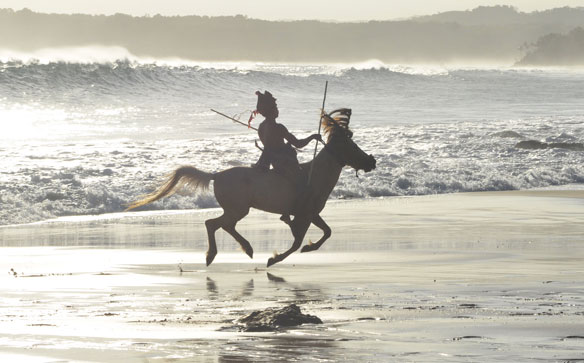
The World Bank on Friday said the world’s oceans were at risk and called for a coalition of governments, NGOs and other groups to protect them, aiming to raise $1.5 billion in five years.
Conservation Risk Highest Off Coasts of Canada, Mexico, Peru and New Zealand
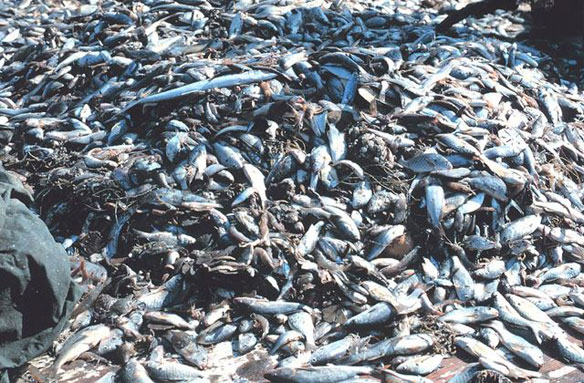
University of British Columbia researchers have identified conservation “hot spots” around the world where the temptation to profit from overfishing outweighs the appetite for conservation.
Protecting oceans: It’s not Rocket Science
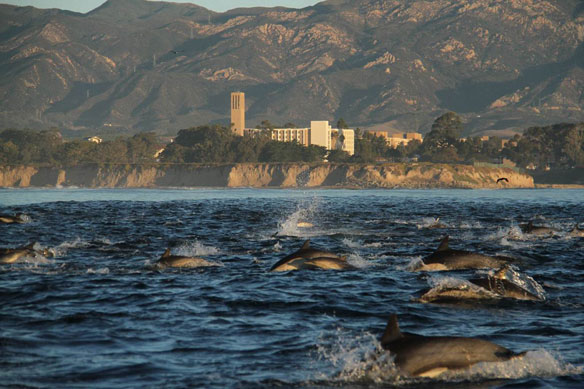
It’s not rocket science: closing areas of land and water to humans allows nature to recover and restore its fragile balance. The idea has been successfully tried and tested many times on land but it has taken years of destruction before the message has hit home for the oceans.
Mapping the World’s Forests in Three Dimensions
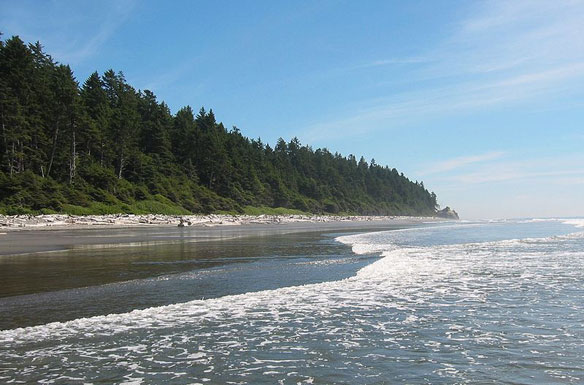
Trees cool and moisten our air and fill it with oxygen. They calm the winds and shade the land from sunlight. They shelter countless species, anchor the soil, and slow the movement of water. They provide food, fuel, medicines, and building materials for human activity. The coastal Pacific Northwest of the USA has the tallest trees in North America, averaging as much as 40 meters in height. It has the densest biomass in the country, but for centuries, it also has been a much-tapped resource.
Microbial Oasis Discovered Beneath the Atacama Desert
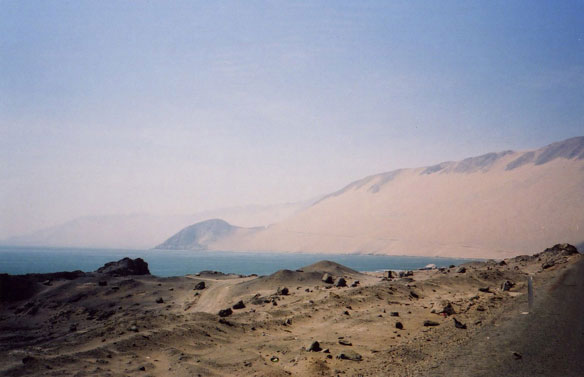
Two metres below the surface of the Atacama Desert there is an ‘oasis’ of microorganisms.
